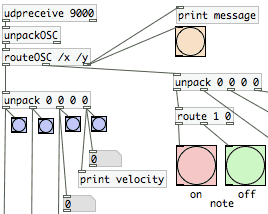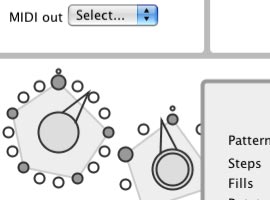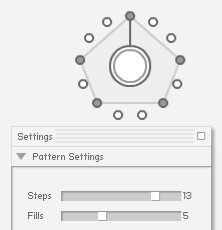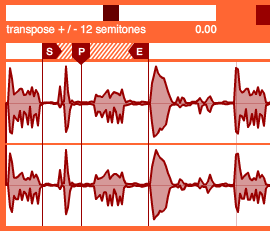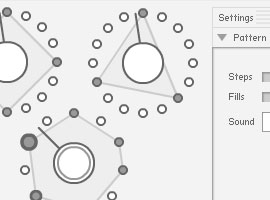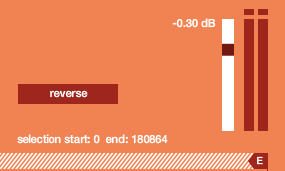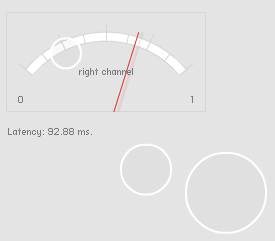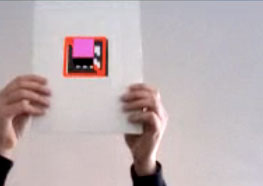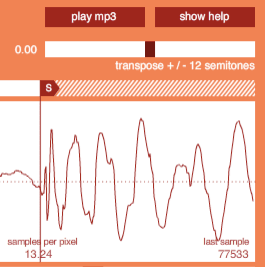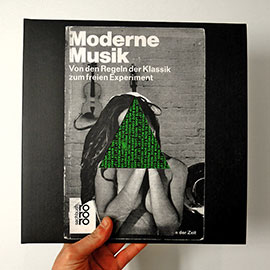
Metasepia by Don’t DJ
Musician Don’t DJ uses the Euclidean Pattern Generator in his music. A record was released and I became involved.
It’s been about five years since I posted anything in this blog, so this is a nice opportunity to try and bring it back to life.
Travel By Goods
Last year artist Thomas Baldischwyler contacted me. He runs the Hamburg based Travel By Goods record label and was to release a record by Berlin musician Florian Meyer under his artist name Don’t DJ. From Thomas I learned that Florian uses the Euclidean Pattern Generator in his music. Not only to produce music in the studio, but also to perform live on stage!
Continue reading